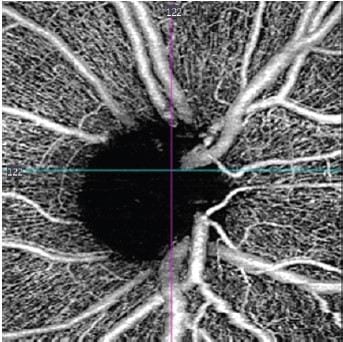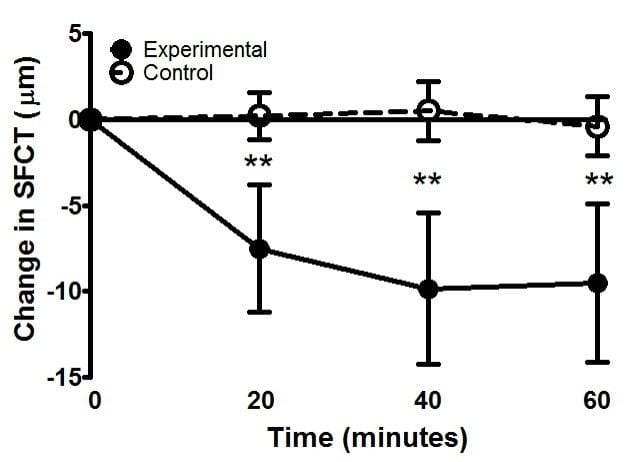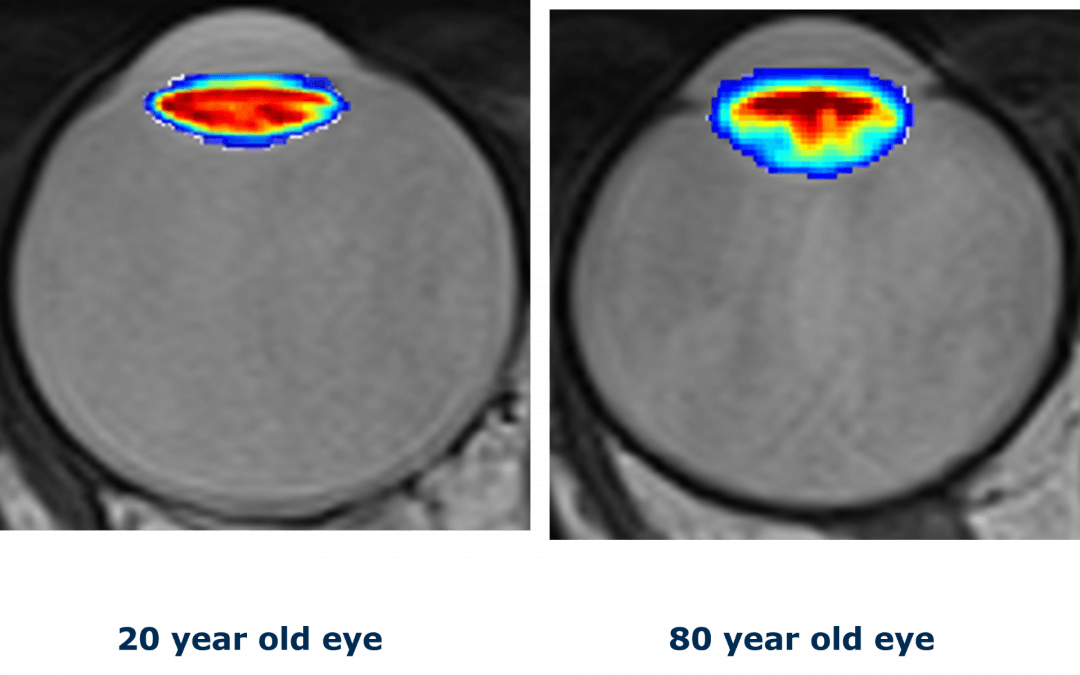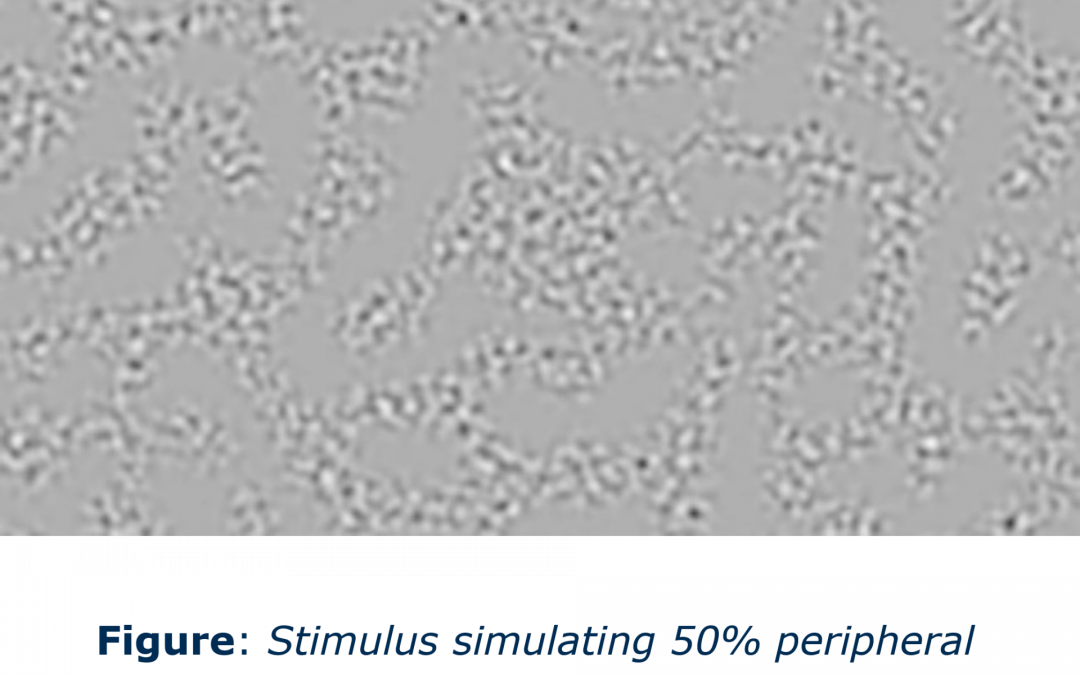
by nata004 | Jul 31, 2018 | Ageing Vision, Research, Vision Neuroscience
Frontotemporal dementia (FTD) is a leading cause of early onset dementia. It is crucial to identify individuals who are in the early, pre-symptomatic stages of FTD, particularly as treatments are now being developed for neurodegenerative disorders. Imaging of the eye...

by nata004 | Jul 31, 2018 | Ageing Vision, Research
Adults over ~50 years of age are Presbyopic: they have lost the ability to change the eye’s focus and so near objects are out of focus without reading glasses. Millions of older people in the developing world have no access to spectacles, so their presbyopia is...

by nata004 | Jul 31, 2018 | Ageing Vision, Research
Our eyes become more farsighted as we age due to the loss of refractive power in the ocular lens. This is termed the lens paradox because the eye is expected to gain power as it grows. Why or how it occurs is unclear. We believe that an age-related shift of the...

by nata004 | Jul 31, 2018 | Ageing Vision, Research
Optokinetic nystagmus (OKN) is a reflexive eye movement that happens when we see movement. We have been measuring how OKN changes when we simulate a loss of peripheral vision, as occurs in glaucoma. We are doing this to determine whether OKN could be used to detect...

by nata004 | Jul 31, 2018 | Research, Vision Neuroscience
The sense that we are able to see things equally well across our field of view is an illusion. “High resolution” vision is limited to <1% of the field. The remaining “peripheral” vision is quite poor, and is impeded further when the target is surrounded by other...





